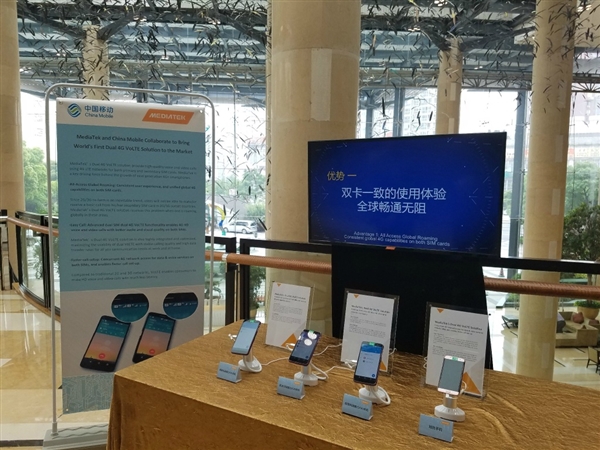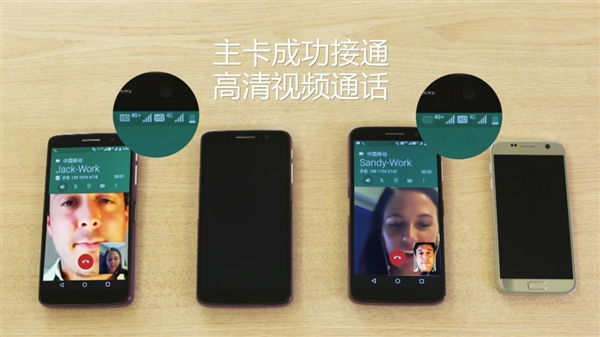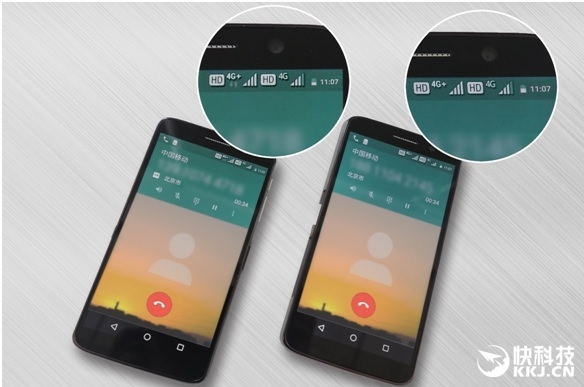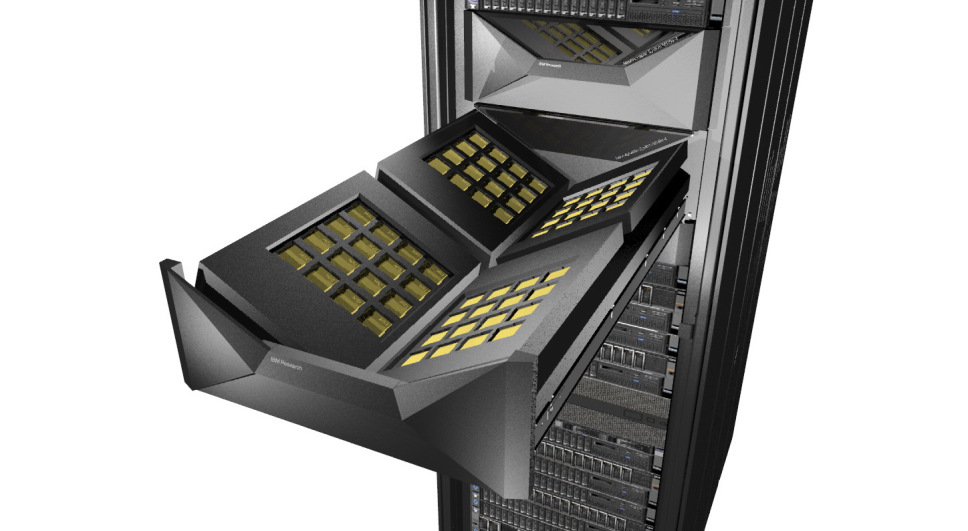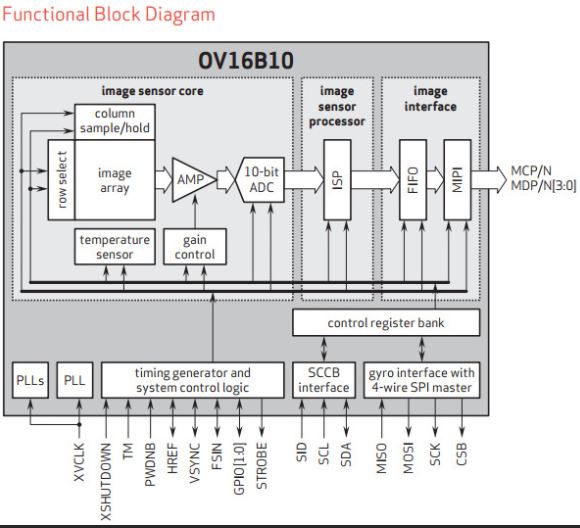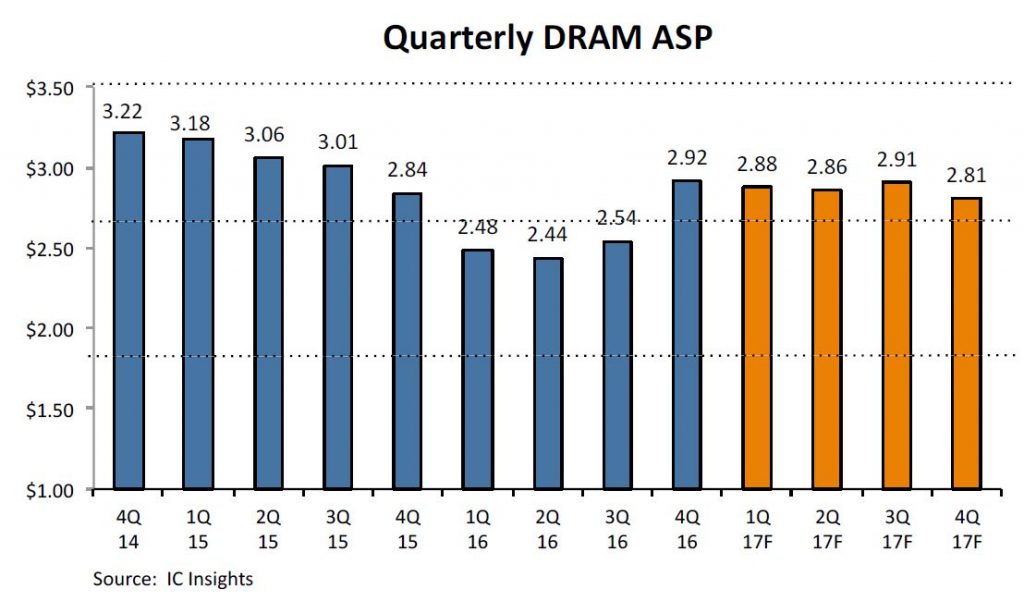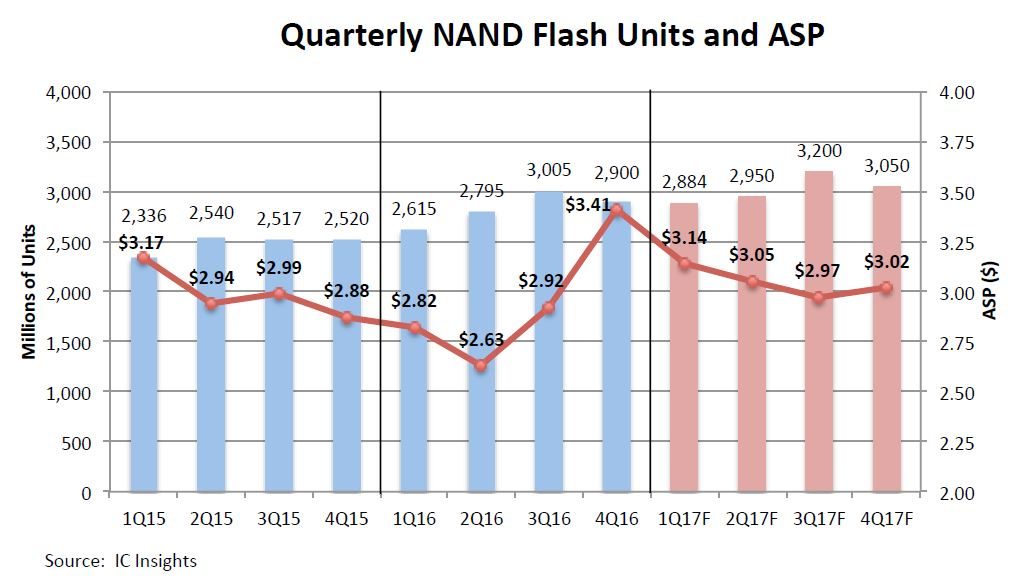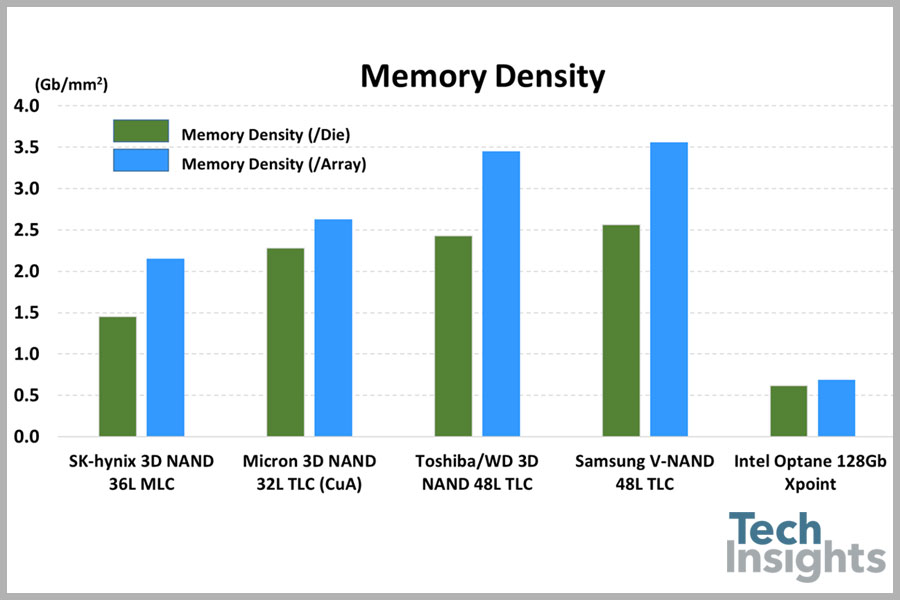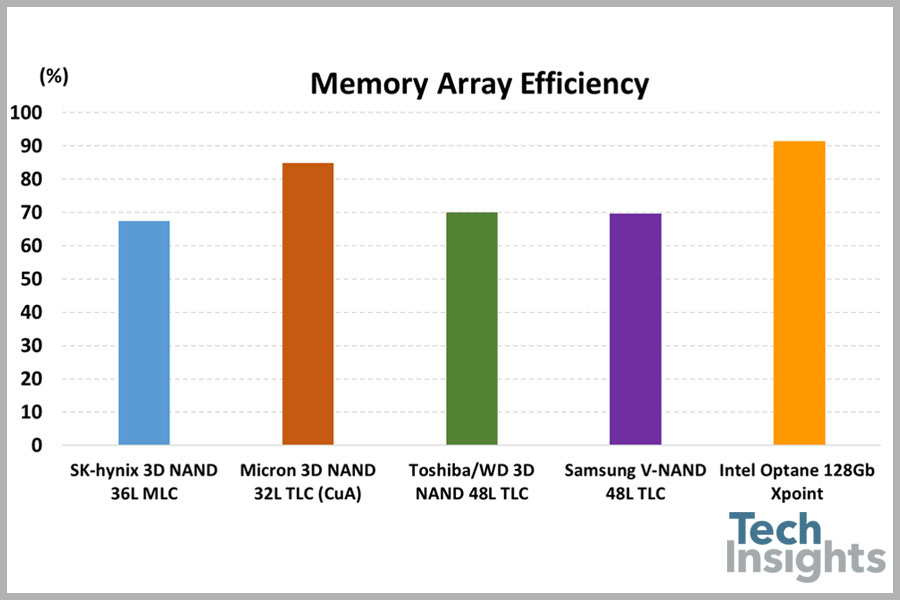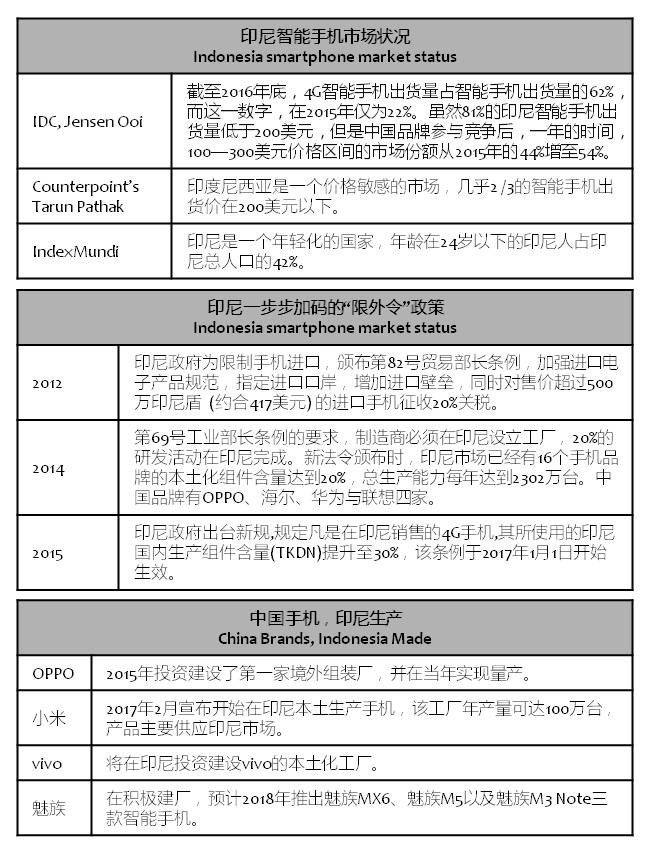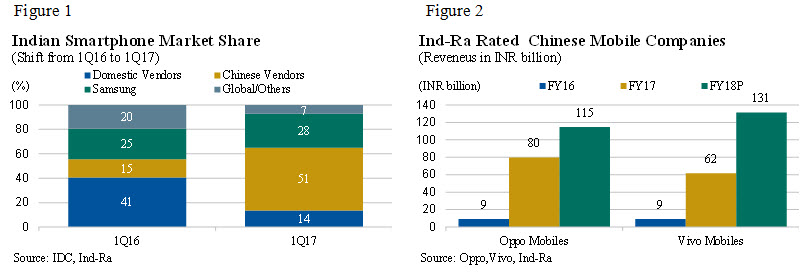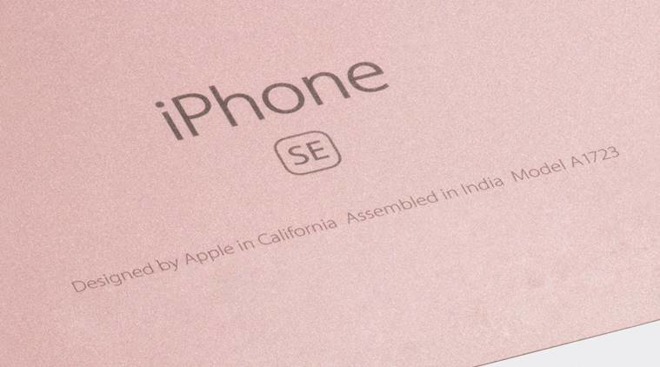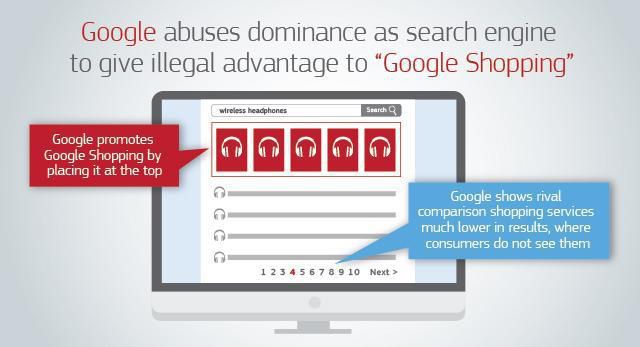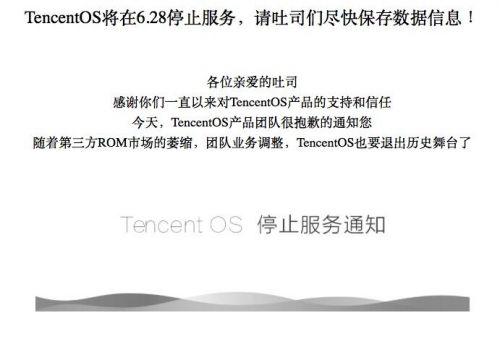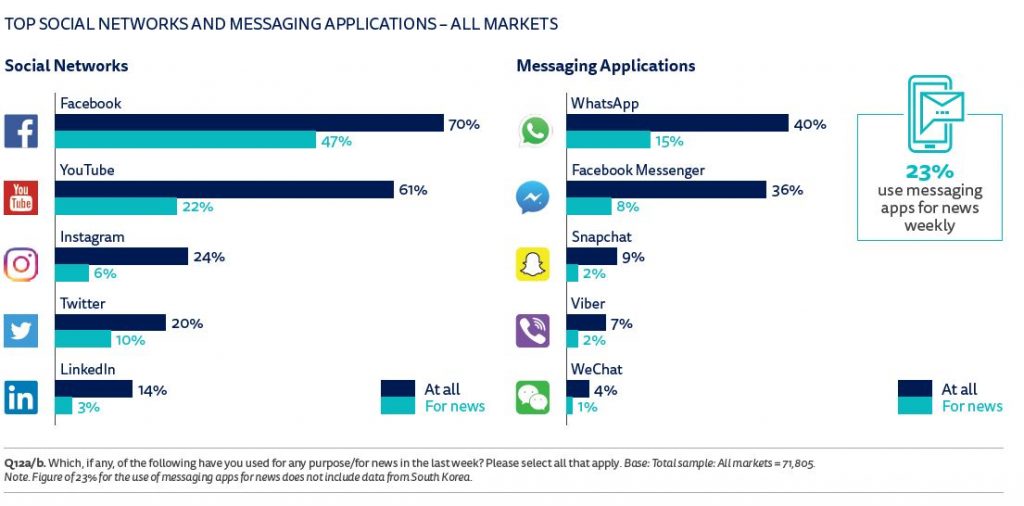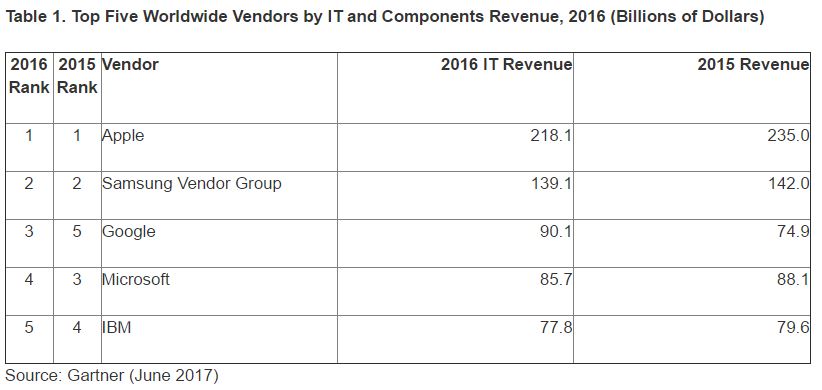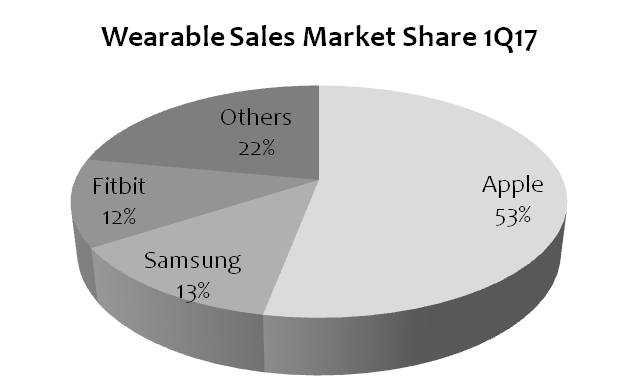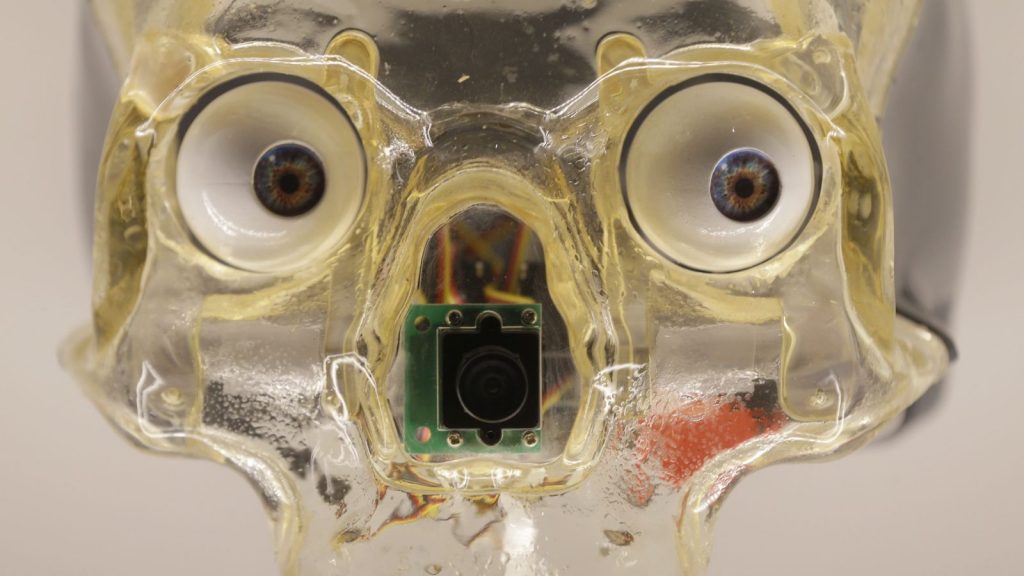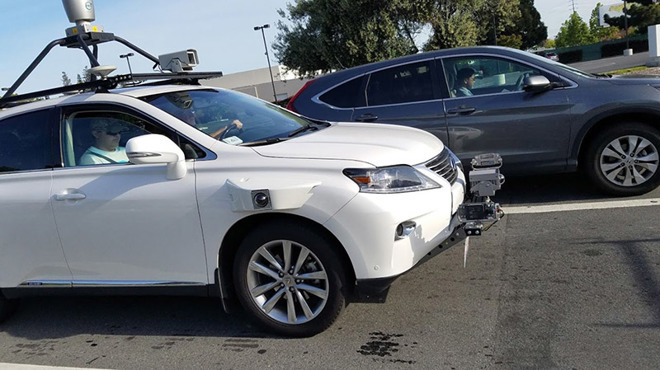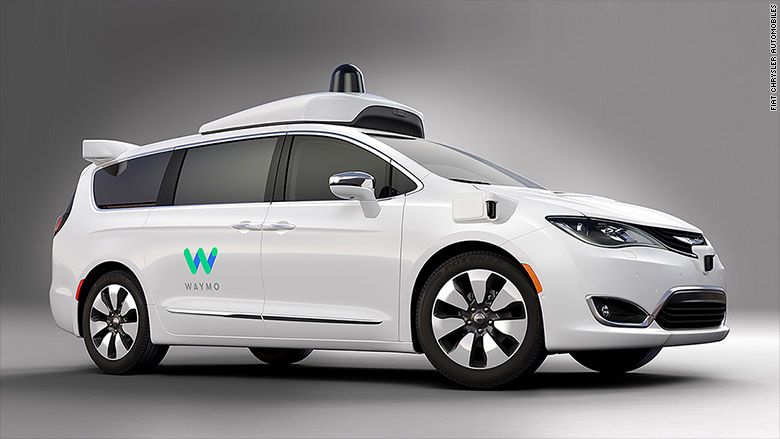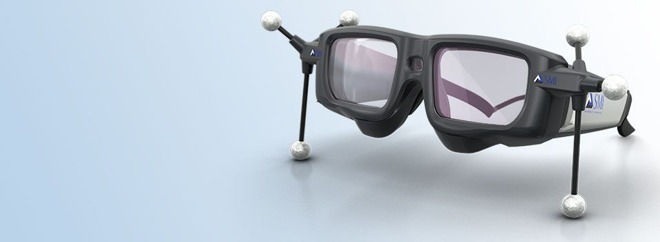
06-27: EU antitrust regulators hit Google with a record EUR2.42B fine; MediaTek is showcasing the first dual-SIM dual-VoLTE solution; etc.
Chipsets
Apple reportedly will announce its own GPU in early 2018. Currently the company is negotiating patents-related issues with NVIDIA and AMD, which are both leaders in the GPU market. (Laoyaoba, My Drivers, Sohu, Sina)
LG Innotek is set to kick-start the mass production of flexible printed circuit boards for smartphones from 2018. With this move to become a flexible PCB supplier for Apple’s iPhone, LG Innotek would pose a challenge to Samsung Electro-Mechanics which has already accumulated know-how in this area. (Apple Insider, Korea Economic Daily, CN Beta)
MediaTek is showcasing the first dual-SIM dual-VoLTE solutions. In other words, both SIM cards support 4G voice communication and data. MediaTek emphasized that when the main SIM is being used for data, the remainder card can receive VoLTE. (CN Beta, iFeng, Sina)
MediaTek claims dual-SIM dual-VoLTE prototype is powered by Helio X30 Soc. Dual SIM dual VoLTE solution is improved and optimized upon the current 4G dual-SIM. (My Drivers)
IBM and the U.S. Air Force Research Laboratory (AFRL) announced they are collaborating on a first-of-a-kind brain-inspired supercomputing system powered by a 64-chip array of the IBM TrueNorth Neurosynaptic System. Its advanced pattern recognition and sensory processing power will be the equivalent of 64M neurons and 16B synapses. (CN Beta, TechCrunch, PR Newswire, Washington Technology)
Camera
OmniVision has announced its new 1.12µ camera sensor featuring PureCel Plus-S pixel architecture. Carrying model number OV16B10, the new sensor feature extremely high-sensitivity imaging and phase-detection autofocus (PDAF), and is aimed at smartphones with either single- or dual-camera setups. (Phone Arena, OmniVision)
Memory
Memory prices has raised since 2H16, IC Insights estimates in 2017 DRAM price will increase 39% while NAND Flash will increase 25%. This is due to demand increases yet supply shrinks. On one hand, Chinese smartphones shipment is increasing, also Apple’s new iPhone is launching soon, thus demand of memory is tremendous. On the other hand, Samsung, SK Hynix and other memory vendors are competing in the technology, transiting from 2D NAND Flash to 3D NAND Flash, causing the slowdown of the production. (EEO, article, EET Asia, IC Insights, press, McClean report)
Further analysis by TechInsights has determined that the Intel Optane XPoint memory die has a 128Gb/die which is quite a bit lower memory density than the current 3D TLC NAND products, as shown in Figure 1. Memory density per die is 2.28 Gb/mm2 for Micron 32L 3D FG CuA TLC NAND, 2.57 Gb/mm2 for Samsung 48L TLC V-NAND, 2.43 Gb/mm2 for Toshiba/WD 48L BiCS TLC NAND, and 1.45 Gb/mm2 SK Hynix 36L P-BiCS MLC NAND. By comparison, the Intel Optane XPoint has 0.62 Gb/mm2. (Laoyaoba, TechInsights, report, AnandTech, EE Times)
Western Digital has notified Toshiba’s board of directors that it formally opposes Toshiba’s sale of its memory division to any group that has ties to its primary competitor SK Hynix —and the favored consortium is relying on funding from it. (Apple Insider, Reuters, Laoyaoba)
Sensory
Apple has reportedly entered into an agreement to purchase German company SensoMotoric Instruments — a company noted for hardware and software for eye tracking sensors, useful for augmented reality. (Apple Insider, Mac Rumors, CN Beta)
Smartphones
Chinese smartphone vendors are capturing half of the Indonesia market. IDC estimates that in 2017 Indonesia shipment would reach 40.3M units, and by 2021 it will grow 855 to 64.32M units, achieving sales of million dollars. (CN Beta, Huanqiu, Tencent, APUS, report)
Indian mobile phone makers’ business profile has been adversely impacted due to the rapidly increasing market share of Chinese players and fierce competition, says India Ratings and Research (Ind-Ra). According to IDC, the increasing strength of Chinese mobile phone manufacturers in smartphone market is reflected in the 3.4x growth in market share to 51% in 1Q17. (My Drivers, India Ratings and Research, press)
The first iPhone SE models built in India —by Apple partner Wistron —are now on sale in various cities around the country such as Bengaluru. The devices are marked ”Designed by Apple in California, Assembled in India”. (Apple Insider, Indian Express, CN Beta, CNFOL, IT Time, Sohu)
EU antitrust regulators hit Alphabet unit Google with a record EUR2.42B (USD2.7B) fine, taking a tough line in the first of three investigations into the company’s dominance in searches and smartphones. (Android Headlines, CN Beta, NY Times, Reuters)
Tencent announced via its online forum that Tencent OS would stop providing services from 28 Jun 2017. Tencent officially opened testing of its Android smartphone system Tencent OS in 2015. In 2016, the company launched Tencent OS 2.0. (My Drivers, China Tech News, CN Beta)
The Reuters Institute for the Study of Journalism released the results of a study made up of 71,805 respondents from 36 different countries. The survey revealed that in more than half of the 36 markets, 47% of people relies on Facebook as a source of news. (Phone Arena, Reuters Institute, report, Sina, JRJ)
Apple has once again topped the global IT vendor ranks after generating USD218.1B in IT and components revenue in 2016, beating its second-place rival Samsung by USD79B, according to Gartner. Google and Microsoft are far behind with USD90.1B and USD85.7B, respectively. IBM takes the fifth with USD77.8B. (Laoyaoba, Gartner, press, ZDNet, Computer World)
Wearables
According to Strategy Analytics, Samsung captured 12.8% of the global market share in terms of sales of wearables during 1Q17, overtaking Fitbit with 12.2%. Apple maintained its No. 1 status with a commanding 53% market share. (Korea Herald, Phone Arena, TechNews)
Internet of Things
MIT and Google analyse the first few objectives necessary to make an AI that can see, head, and comprehend objects in the real world naturally, just like a human does. If executed well, this could be a major breakthrough in the field, allowing AI to learn and adapt to stimuli on the fly, instead of having to be extensively trained in each task as is currently required. (CN Beta, Quartz, India Times, The Merkle)
Apple’s in-house self-driving vehicle technology will reportedly hit the road in a limited partnership with rental car provider Hertz, giving Apple the ability to put its technology to the test and expand its presence on the streets in a highly public way. (Apple Insider, Bloomberg, CN Beta, Aifabot)
Alphabet has signed an agreement with Avis Budget Group to manage Waymo’s fleet of self-driving minivans in Phoenix, the latest in a wave of partnerships between companies seeking their footing in the market for self-driving cars. (VentureBeat, Bloomberg, NY Times, CNN, CN Beta, JRJ)
Kongsberg Gruppen, a Norwegian maritime-technology firm, and fertiliser manufacturer Yara International announced a partnership to build the world’s first fully autonomous cargo containership. Manned voyages will start in 2018, and in 2020 the Yara Birkeland will set sail all on its own. (Laoyaoba, Qiongdou, Gulf News)
Volvo is forming a new joint partnership with Autoliv, called Zenuity, with a focus on developing self-driving automotive software. The plan is to eventually get to the point where they can field self-driving cars for sale, based on NVIDIA’s Drive PX in-car AI computing platform, by the target year of 2021. (Engadget, The Verge, IB Times, TechCrunch, JRJ, WSJcn)

